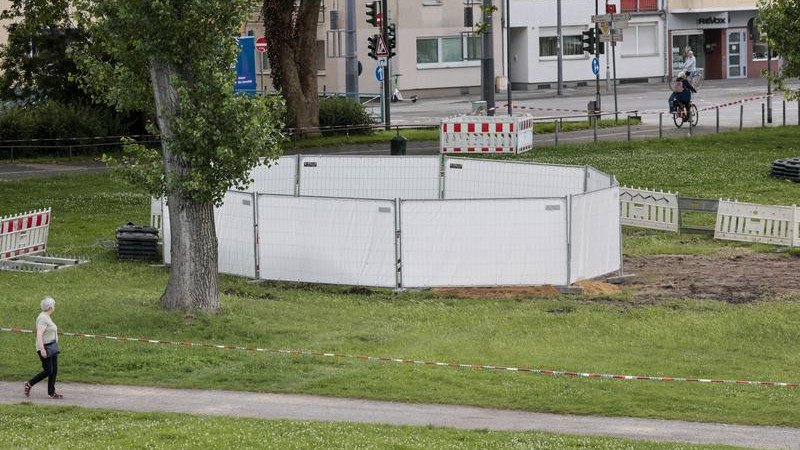German city evacuated thousands after unexploded World War II bombs discovery

Some 20,500 people were evacuated on Wednesday from the city of Cologne, in western Germany, as explosives experts prepared to defuse three unexploded World War II bombs found during construction work this week.
The evacuation, which followed the discovery Monday of three American-made bombs, was the largest in Cologne since the end of World War II, the city administration said.
A crucial industrial, cultural and logistical hub for Nazi Germany, Cologne was a primary target of Allied bombers during World War II.
Sign up to The Nightly's newsletters.
Get the first look at the digital newspaper, curated daily stories and breaking headlines delivered to your inbox.
By continuing you agree to our Terms and Privacy Policy.City authorities cordoned off a 3,280-foot radius around Deutz, a busy district next to the Rhine River, across from the Old Town.
Officials said the bombs were defused shortly after 7pm and all residents were allowed to return home, roughly 12 hours after the evacuation started.

While discoveries of unexploded World War II ordnance - 80 years on from the end of the conflict - are not uncommon across Germany and parts of Europe, the proximity of the bombs to downtown Cologne and other densely populated areas was notable.
Each large bomb was fitted with an impact fuse, meaning the bombs were less likely to go off on their own over time, but they were still dangerous if disturbed.
“In that respect, they are dangerous, yes. But it’s definitely not the case that we need to panic,” Kai Kulschewski told local radio station WDR 5 on Wednesday.
Mr Kulschewski is the head of neighbouring city Dusseldorf’s explosive ordnance disposal department, which is overseeing the evacuation and detonation.
Homes, businesses, government buildings, 58 hotels and nine schools were within the evacuation zone, the city said.
The area also included the busy Messe/Deutz train station and a major hospital, whose intensive-care patients were moved to nearby hospitals by ambulance.
City authorities began the evacuations at 8am, conducting door-to-door checks and warning that people who refused to evacuate could be escorted by force and face steep fines.
Footage on Wednesday afternoon showed that streets usually teeming with people and traffic were empty.
Public transport was severely disrupted, with roads closed and train services halted. Flights at Cologne Bonn Airport continued operating, but access to the airport was impeded.
Cultural landmarks, including the Cologne Philharmonie and museums, were forced to close for the day. More than a dozen couples scheduled to wed at Cologne’s city hall had to relocate their ceremonies, WDR reported.
Early Wednesday afternoon, WDR reported that few people had arrived at the shelters for displaced residents; instead, people had taken advantage of the good weather.
Mr Kulschewski told WDR that about 1,500 to 2,000 unexploded bombs from World War II are found every year across North Rhine-Westphalia, the state in which Cologne is located.
In 2010, three workers died trying to defuse a bomb in the city of Göttingen when it exploded.
Also, that decade, in the city of Euskirchen, a construction worker was killed when he detonated an explosive from the war while digging.
